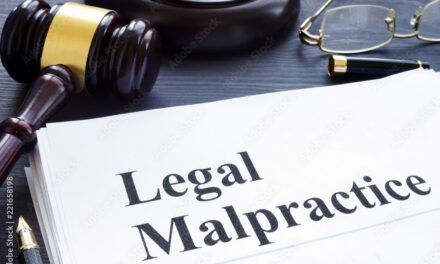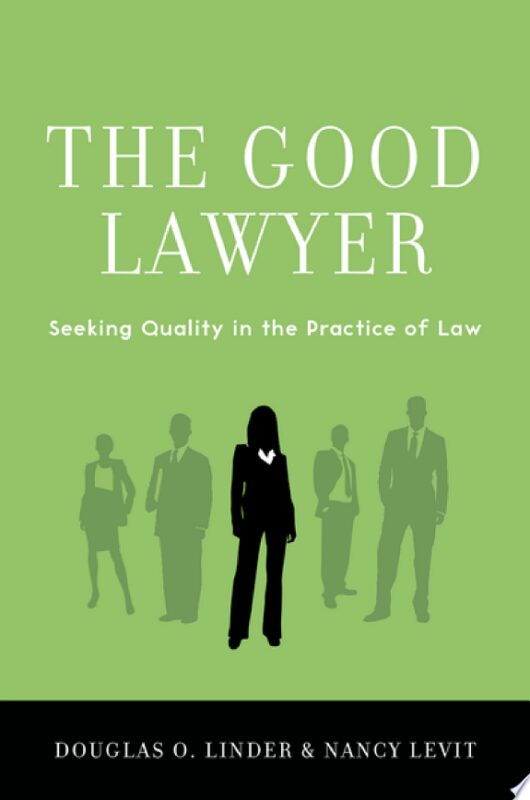VALUABLE-LEADING-QUESTION STRATEGIES: CREATE BETTER DEPOSITIONS
Michael Sean Quinn, Ph.D, J.D., Etc.*
Many lawyers taking depositions focus on non-leading questions to find out what the witness is going to say. They see leading questions as restricted, or best used only, in cross examination. I am inclined to think that the narrowing process of leading questions is valuable in depositions. The purpose of this short essay is to experiment with this idea. I posted the essay several years ago, so this is a repeat
Virtually any question can be formulated as a leading question. Consider the following question: “Does the sun rise in the east?” Now consider a translation: “The run rises in the east, true?” This can be done in many ways: “The sun rises in the east, agree?” “You would agree that the sun rises in the east?” “You agree that the sun rises in the east.” With false proposition almost the same can be done. “The sun does not rise in the west, true?” “It is false that the sun rises in the west, correct?”
What does the answer mean? There are two alternatives:
A#1: No. I didn’t do that.
A#2: No. It is false that I didn’t do it.
Contrary to received “talk-and-listen” habits, A#2 is the correct answer.
Given that this is true. Counsel taking such a deposition is well advised to avoid what I shall call “pure: negative questions.” Counsel should use a slightly different formula.
Q: You didn’t do this. True? A: Yes. Or the witness might just say “True,” and stop.
Now consider the opposite:
A: No. False.
Counsel should insist upon the witness saying either “True” or “False.”
An alternative is to ask the witness what he means. A better alternative is to
say:
Just so I’m sure I’ve understood you, you’ve just said that you did not do that.
Have I got that right? Of course not much is certain, but witnesses are unlikely to
keep going around the barn. The goal in all this is to make sure that the witness cannot later say, “I didn’t understand the question and therefore I didn’t understand what I was saying.”
Another way to deal with a witness’s slithering around later is to ask the witness whether s/he “understands” a given proposition. Consider this one in an insurance bad faith case:
Q. Do you agree that the duty of good faith and fair dealing requires that the adjuster “Look for coverage”?A. Yes. B. No.
Either way, you may want to stop right there. The “Yes” answer sets up criticism of the insurer and its independent adjusters. And, the “No” answer, sets up devastating criticism for simply giving that answer, since (virtually) all, if not all, adjusters will agree with this propositions.
Now look at this one. Again, this has to do with “Yes” v. “No” answers, with some other stuff mixed in:
Q. You know who L2 is, don’t you.A. Yes.Q. You recall that he is a partner in the lawfirm of Quincy, Quigly and Quirky–a law firm of 50–and that he is their specialist in legal malpractice defense cases? A . Yes. [Question: does a question mark really belong there?]
Q. You read his deposition in this case, Yes?A. Yes. But it’s been a while. [Already the witness has damaged himself. Consider using a positive question, “When did you read it? of “When was the last time you read it?” Or the following question in accordance with the protocal in this “essay”:]Q. It’s been a long time has it not?A. I don’t remember. [What a wonderful answer. Do not ask with “Why don’t you remember?!]Q. You haven’t read it more than once, have you?A. Not straight through, but I reviewed it.
Q. The copy you produced here does not have marginalia does it?A. No, but what difference does that make. [Do not go further. The lack of markings is or can be powerful evidence that there was nothing more than a superficial review. But if you just have to:]
Q. You didn’t produce any notes here this morning did you?A. I did not. There aren’t any. Q. You know you reviewed the depo?A. Yes. [For God’s sake, stop with this line.]
Q. You agree with his view, do you?A. I cannot answer that question .Q. It is true, in any case: L2 said that act X is, in and of itself, legal malpractice. You agree with that, true? A. If that is what he said, then I would be happy to agree with him.
[Ws should be very careful about giving answers like this. The witness is here trying to avoid giving an affirmative answer–or really any answer. S/he has failed. If he agrees with L2, and L2 said what the deposing counsel said he said, then the witness, W, has agreed with the propositions that L2 asserted. If it was general, then W has agreed to the general assertion.]
At this point, consider showing W the deposition by page and line numbers
Q. Given what is set forth here, I set forth L2’s statement correctly, did I not?A. Yes. [Stop!]
B. No. [Stop? Go on?]
Q. You cannot point to anyways I failed to set forth the substance of L2 statement, can you?
Significantly, all professional activities have fundamental principles with which all persons in those positions must agree with. Rejecting one of these principles is one or the other or both ignorant or unethical. Here is yet another related situation:
Q. You remember that L2 testified in this case, right?A. If you say so.Q. His deposition was taken, true?A. I think so.Q. You have read it?A. Yes, but a while back.
Q. Look at p. 1046 at lines 6-13. Here, I’ll read them to you. [A reading takes place.] Q. Did I read the lines correctly?A. Yes, if I heard you correctly. Q. When he testified that propositions p, q, and r were true, did s/he have it right? Did s/he speak the truth? A. I can’t answer this question”Yes” or “No.” I have a good reason, would you like to hear it? Q. [An answer in reverse. Not really a question at all.] No. Just answer my question. It is a Yes or No question. We may go on to what you seem to want to talk about later, if I ask you. Right now just answer the pending question.A. I cannot do that.
This is a very “off” answer. Either W has it right or wrong. W needs to say No, if he disagrees. He should say that and nothing else, until asked. [The depositioner should consider carefully whether to ask any further questions about this. W may have already impeached himself, if the questions up to there have been done right.]
There are some others like these. I will stop with one more example. This one involves “Is X consistent with Y.”
Here is another from insurance:
Q. Is providing all relevant medical records to the coverage-evaluating physician consistent with the duty of good faith and fair dealing? A. No. [This is not a leading question, technically, but it is designed to get a Yes or No answer.
Now what if W’s answer is A, “I don’t know.” What should L do? Almost certainly L should stop. If the question is clear, W has painted himself into a corner that cannot plausibly be contradicted later. What the witness has just done is to have said that providing all the relevant medical records to the coverage-evaluating physician is inconsistent with the duty of good faith and fair dealing. To say that X is inconsistent with Y is to say that X and Y contradict each other. This can be taken to mean that the duty of good faith and fair dealing forbids turning all of the relevant records to the coverage-determining physician. If the insurer does the latter, it is in bad faith.
[Quinn: As one might expect, the “Is X consistent with Y” can do a lot of harm. The opposite can also be true. Consider
Question: Can the question “Is X inconsistent with Y?” obtain the same or similar results?
In closing here is a reminder of an extremely important point. Once a witness has answered the leading or a “Yes v. No” question in a way which is favorable to the deposing lawyer, than s/he should consider stopping right there. In fact, in my view, the presumption should be: STOP while the having stopped is good.
Quinn and Quinn






Recent Comments